
“A millennial has an average attention span of six seconds.” This was the somewhat dispiriting fact shared by Ocado’s head of product, Hannah Gibson, at the IGD online conference – and one that turned out to be the overriding theme of the IGD series of events over the past week.
Gibson was not simply poking fun at the goldfish-like memory capabilities of the younger generation. Her point was that today’s up-and-coming consumers are more impatient, demanding and disloyal than ever – meaning retailers have to work harder than ever to keep them on board. So what’s the right strategy? IGD speakers identified the following capabilities as key to attracting millennials with attention deficiencies:
1. Speed
If it takes six seconds to lose a millennial’s attention, it only takes a little longer to lose their online grocery custom. Sainsbury’s CEO Mike Coupe stressed the younger generation want their food delivered in a matter of hours, not days. “Our customers no longer find it acceptable to order something today and have it delivered in two to three days’ time,” he told the IGD Big Debate. “They want speed. You will pay a significant premium for getting groceries in one hour, but that’s becoming the currency.”
Of the big players, Sainsbury’s is leading the way in this area through the trial of its one-hour Chop Chop bike delivery service in London. Although this service uses in-house cyclists, speakers from overseas suggested UK grocers might start making better use of third-party services. Walmart has partnered with the likes of Uber, Lyft and Deliv in the US, and senior ecommerce director Saeed Anslow believed it was only a matter of time before UK retailers followed suit. Yegor Anchishkin, CEO of Russian online grocery service Cart Fresh, expressed surprise the UK hadn’t done so already when it was ahead of the game in so many other ways.
But, for now, Sainsbury’s seems unlikely to go down the third-party route. Coupe said he saw companies such as Uber as a “visible threat” rather than potential partners.
2. Automatic fulfilment
Spending time ordering groceries is so last decade; today’s consumers want everything as automated as possible. For that reason, Coupe believes grocery companies will eventually have to predict customers’ wants and needs online beyond the trusty ‘favourites’ page. “We need to predict their needs to deliver the products they need automatically. A change in our industry will be the ability for businesses like Sainsbury’s to fulfil customers’ needs without them having to even think about it, it just arrives,” he said. “It’s using product consumption patterns to predict what they will need and managing their inventories in the same way we manage our store inventories.”
3. Stores
The concept of a traditional bricks-and-mortar store may seem at odds with the preferences of today’s tech-savvy millennial. But speakers and delegates at IGD events agreed stores aren’t going anywhere. When polled, 60% of attendees at the IGD Big Debate said the supermarket environment was still an important showcase for grocery brands. And Tesco UK and ROI CEO Matt Davies rubbished claims larger-format stores would eventually die out. “Large stores were written off because they were going backwards in terms of like-for-likes. But we could make progress in these stores, so don’t write off the main shops,” he said.
Meanwhile, the Co-op remained confident in its convenience strategy. The group’s commercial director Michael Fletcher said the rise of online shopping actually played into the hands of its convenience stores, as customers were more likely to make a small top-up shop outside their orders.
Even tech giant Google believes in the enduring importance of stores. Martijn Bertisen, UK sales director at Google, stressed it’s not about pitting stores against online. Many customers will use both look at online ads or sites before entering stores, he pointed out, so it’s about connecting the two experiences. “Connecting the dots between the physical and digital world is critical,” he said. If retailers choose to focus on one at the expense of the other, they risk losing today’s demanding consumer.



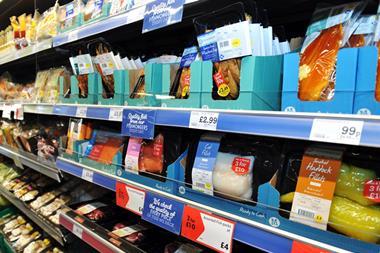


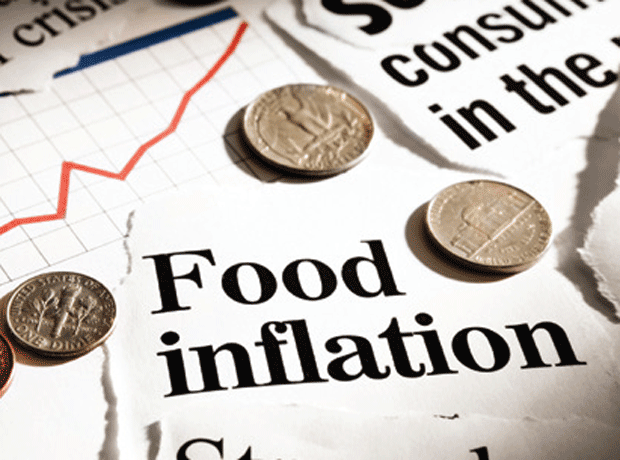
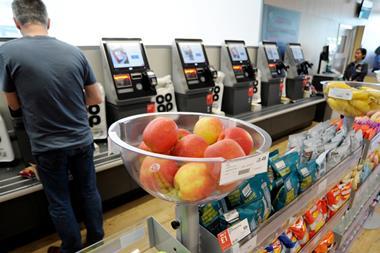


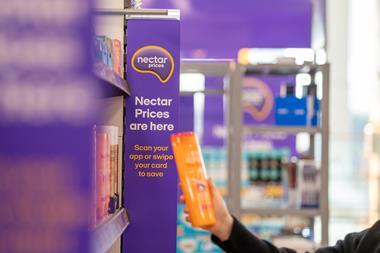
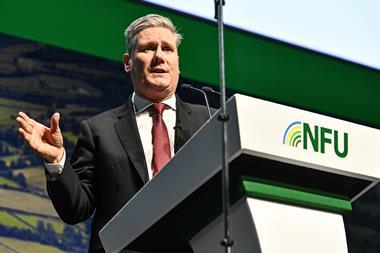
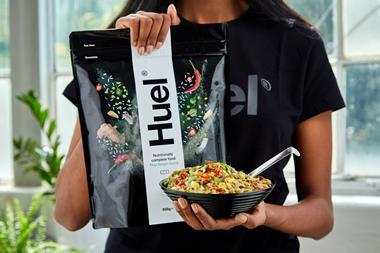
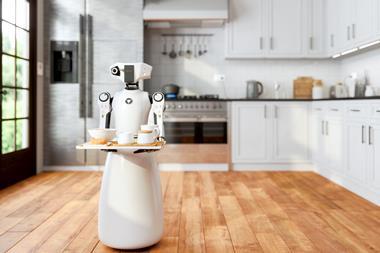

No comments yet